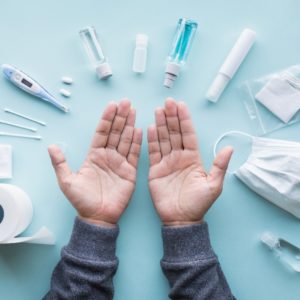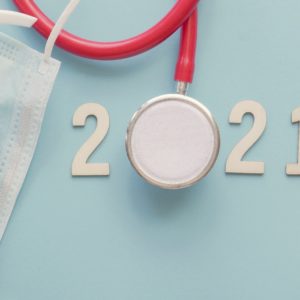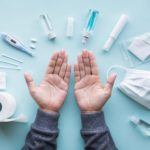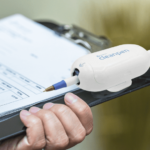Ambulatory Surgical Centers (ASCs) have only grown in popularity within the past decade. In fact, according to Infection Control Today, “over the past several decades, there has been a significant shift in healthcare delivery from the acute, inpatient hospital setting to a variety of ambulatory and community-based settings.”[1] One of the problems that ASCs have to face is infection control. Germs and bacteria are the enemy and ASCs must take careful measures to prevent the spread of infection and sickness at their facilities.
The good news is that SurgiStrategies notes that ambulatory surgical centers generally have low infection rates related to infections at surgical sites.[2] However, even while infection rates may be quite low among most ASCs, these facilities must continue to improve these rates, reducing the risk of spreading infection further. Since ASCs perform invasive procedures, strict infection control strategies must be used. The following are helpful steps that can be taken for improved infection control and lowered infection rates.

Step #1 Have a Strict Hand Washing Program
First, it’s essential to have a strict hand washing program at your ASC. All healthcare members should be required to wash hands before exams, after exams, before using the restroom and after using the restroom. While a hand washing program sounds simple, it is proven to be one of the best ways to reduce the spread of germs and bacteria, reducing the risk of infections at ambulatory surgical centers.
Step #2 Get Patients Involved
To reduce the spread of infection, get patients involved in the effort, ensuring that patients know when healthcare members should be washing their hands. Patients can be encouraged to remind nurses, doctors and other medical professionals to wash their hands before an examination in case healthcare members forgot.
Step #3 Pay Attention to the Waiting Room
As you work to fight the spread of infection, it is easy to fail to remember the waiting room. Even the waiting room could contribute to the spread of germs. Medical waiting rooms are considered to be one of the top germ-laden public places. For example, consider how many people touch the pens used in the waiting room. With staff members and patients all touching pens, it is easy to spread germs. However, you can eliminate this problem from your ASC’s waiting room by implementing the Cleanpen from Cleanint, which ensures germs are eliminated from pens, reducing the spread of sickness.
Step #4 Sterilize Reusable Medical Equipment
Sterilizing reusable medical equipment also helps to reduce the rate of infections at ASCs. While careful procedures are used to sterilize most pieces of reusable medical equipment, medical professionals often forget to sterilize stethoscopes. Recent studies have found that the diaphragm of a stethoscope can be more dangerous than a doctor’s hands for passing germs. When the stethoscope contacts the patient’s skin, germs can be acquired, which may be passed on to the next patient if the stethoscope is not sterilized. [3] Cleanstethoscope offers ASCs an easy, convenient way to eliminate germs on stethoscopes, ensuring that germs are not spread from patient to patient within the facility.
[1] July 19, 2011 “Infection Prevention in outpatient LTC Facilities” http://www.infectioncontroltoday.com/articles/2011/07/infection-prevention-in-outpatient-ltc-facilities.aspx
[2] June 1, 2006 “Preventing Surgical Site Infections in ASCs” http://www.surgistrategies.com/articles/2006/06/preventing-surgical-site-infections-in-ascs.aspx
[3] February 27, 2014 “Germy Stethoscopes Can Spread Disease: Study” http://www.newsmaxhealth.com/Health-News/stethoscope-germs-disease-spread/2014/02/27/id/555197/







